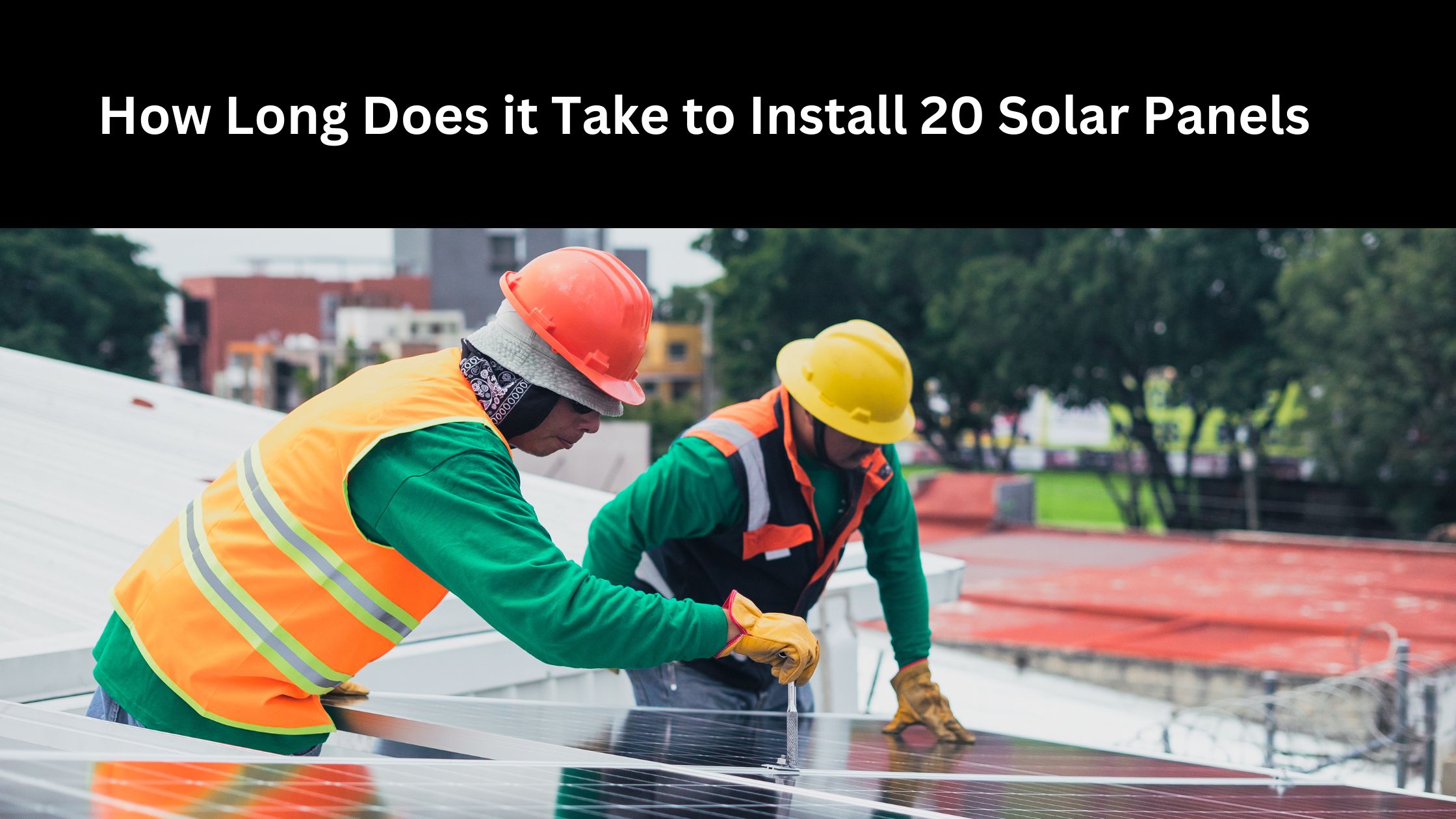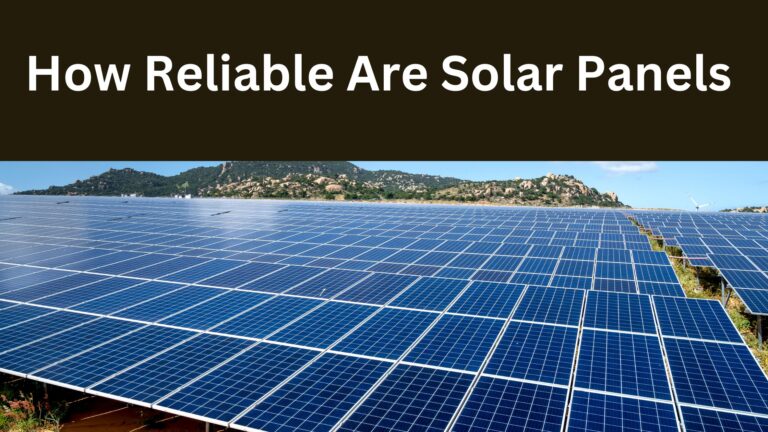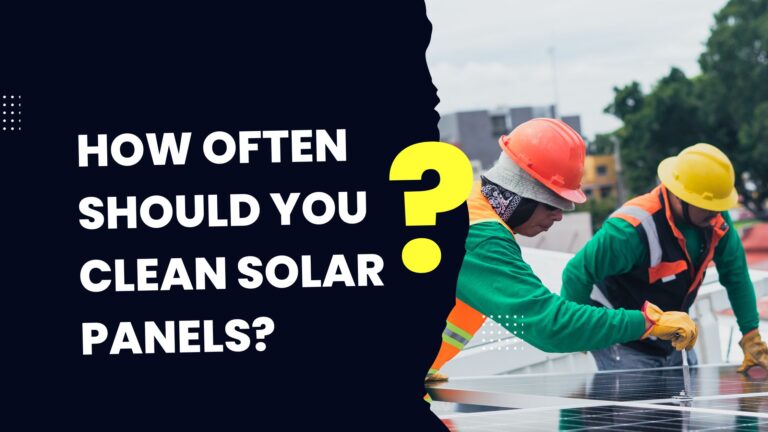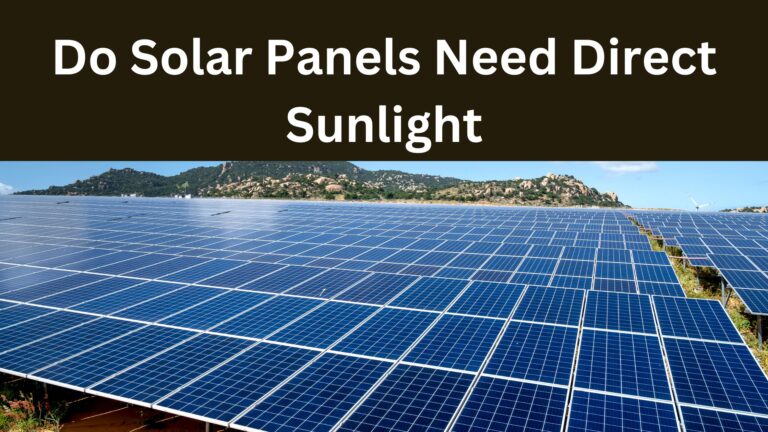How Long Does it Take to Install 20 Solar Panels
The duration it takes to install solar panels can vary significantly due to various factors, including the scale and complexity of the solar system, regional regulations, as well as the efficiency and workload of the installation team. The installation process, from the initial site assessment to the final activation, encompasses several stages, each with its associated time frame, collectively determining the overall timeframe for your solar panel project. Lets find out how much time it takes to install solar panels
Site Assessment and Design:
This preliminary phase is crucial to ensure that the solar panels are optimally placed. It includes evaluating sun exposure, shading issues, and the selection of the most suitable solar panels and inverters for your specific energy needs. This phase, depending on site-specific factors and the complexity of your design, can take a few weeks to several months.
Permitting:
Acquiring the requisite permits and approvals from local authorities is a critical step in the solar installation process. The time to secure these permits can vary widely from a few weeks to several months, contingent on local regulations and administrative efficiency.
Als Read How often should you clean solar panels?
Procurement:
Once the design is finalized, the actual solar panels, inverters, and other essential equipment need to be ordered. This phase typically spans a few weeks, though it can be influenced by the availability of specific components and supply chain factors.
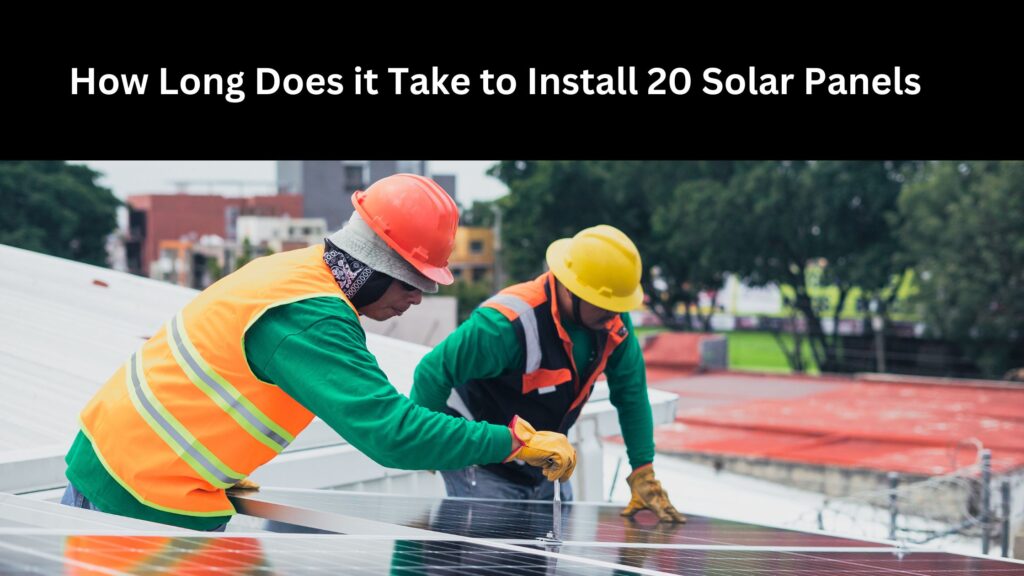
Installation:
The physical installation of the solar panels is often the most visually apparent part of the process. Depending on the scale and complexity of the installation, this step usually takes one to three days, although unforeseen delays or intricacies can extend this timeframe.
Inspection:
Following the installation, a local inspector needs to assess the solar system to ensure it adheres to safety and building codes. The time required for an inspection may range from a few days to several weeks, depending on local regulations and the availability of inspectors.
Interconnection:
Connecting your solar system to the electrical grid is a key step in the process. This phase, which involves paperwork and coordination with your utility company, typically takes a few weeks to be completed.
Activation and Testing:
After the system is interconnected and successfully inspected, it can be activated. Your chosen solar installer will carry out a series of tests to ensure that the system functions correctly. This step may require your presence and is crucial to ensure that everything is in working order.
Conclusion
The overall timeline for the installation of solar panels, therefore, can span from a few months to several months, encompassing various phases and accounting for potential regulatory delays and project-specific complexities. To streamline this process, it’s highly advisable to collaborate with a reputable and experienced solar installer who can expertly manage the installation and guide you through the sometimes intricate permitting and inspection stages, where you may be contingent upon external agencies and their response times.
For larger and more intricate solar projects, such as those designed for commercial or industrial properties, the installation timeline can naturally be extended due to their increased size and intricacies, warranting additional time for planning, permitting, and execution. Hence, obtaining a project-specific timeline estimate from your chosen solar installer is a wise step to ensure accurate expectations regarding your unique solar endeavor.

Solar Energy Engineer, Founder of Solar Panel Guide Blog, and passionate advocate for a sustainable future. ☀️🌿 #SolarEnergy #Renewables Read More About Peter
